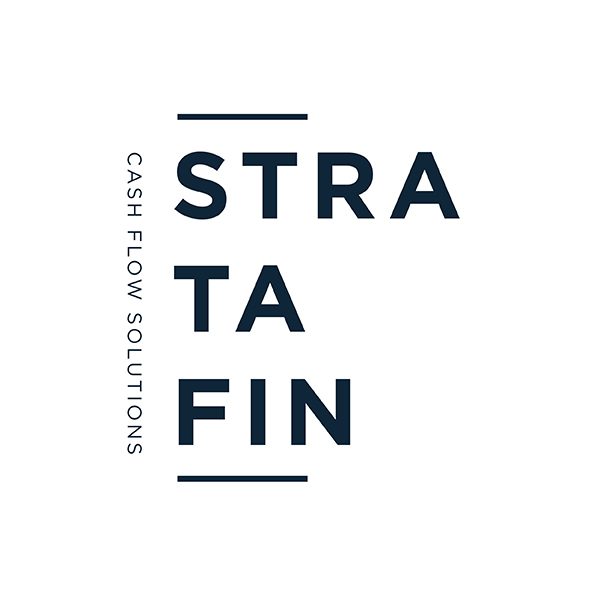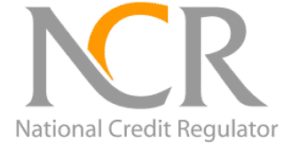Introduction
Disputes arise frequently in sectional title schemes due to various factors such as the communal structure, common infrastructure, proximity of properties and shared costs. Sectional title scheme disputes could involve various parties including tenants, owners, trustees and the managing agent. If the dispute relates to financial and administrative issues then bookkeepers, accountants, auditors, SARS and lawyers could be involved. If the dispute relates to physical issues such as maintenance, improvements, alterations, extensions then other parties such as the municipality, architects, engineers, contractors, land surveyors and developers could be involved. The diversity of affected and involved parties can make sectional title scheme disputes incredibly complex and complicated.
Prior to the promulgation of the Community Schemes Ombud Service Act 9 of 2011 (the “CSOS Act”) which created the Community Schemes Ombud Service (CSOS) in 2016, bodies corporate had to resolve any disputes internally or submit to time consuming and expensive Court proceedings. Even now, before the CSOS even consider an application for dispute resolution they require that the parties have exhausted all internal remedies. In this article I will set out some of the internal dispute resolution mechanisms available to community schemes.
- Scheme rule enforcement
Section 10(1) of the STSM Act states that a scheme must as from the date of the establishment of the body corporate be regulated and managed, subject to the provisions of the STSM Act, by means of rules. All scheme rules must be filed at the Community Schemes Ombud Service, and the Chief Ombud must have issued a certificate of approval of the rules as contemplated in section 10(5)(c) and (d) of the STSM Act.
Section 1 of the STSM Act defines the rules to mean the management rules and conduct rules referred to in section 10(2)(a) and (b) of the STSM Act, respectively. Section 10(4) of the STSM Act states that the management or conduct rules bind the body corporate and the owners of the sections and any person occupying a section.
Prescribed Management Rule (“PMR”) 3(2) requires that:
“A member must take all reasonable steps to ensure compliance with the conduct rules in force in terms of section 10(2)(b) of the Act by any tenant or other occupant of any section or exclusive use area, including the member’s employees, tenants, guests, visitors and family members.”
In terms of section 2(5) of the STSM Act the body corporate (through the trustees) are responsible for the enforcement of, and must ensure compliance with, the scheme rules. Furthermore, section 4(i) of the STSM Act states that:
“The body corporate may exercise the powers conferred upon it by or under this Act or the rules, and such powers include the power to do all things reasonably necessary for the enforcement of the rules and for the management and administration of the common property.”
Owners and occupiers therefore need to adhere to the rules that deal with occupation issues, for example the rules relating to the keeping of pets; parking vehicles on common property; and noise and nuisance provisions.
- Fining rules
An effective way to enforce scheme rules is the use of fining rules. In order for a penalty rule to be binding on the body corporate, enforceable, and the fine recoverable, it must be contained in either the scheme’s management or conduct rules. The fining rule must be reasonable and fair in order to be enforceable.
It is important to note that an immediate fine without following the due process set out above cannot be imposed for any category of contravention. The penalty rule and fining procedure must always be reasonably, fairly and equally applied to all owners and residents put to substantially the same purpose. In order for the penalty rule to be reasonable, the imposition of the penalty in the form of a fine must have a legitimate purpose. The purpose of the penalty rule could generally be to prevent breaking the rules and specifically to prevent nuisance. The fining provision could go on to list examples of transgressions that are finable.
- Negotiation
Negotiation is an informal manner in which disputes can be resolved within sectional title schemes. This internal method of dispute resolution is executed between the parties involved through communication, negotiation and compromise. The negotiated settlement should be done in private and be evidenced in some form of written agreement to make it’s enforcement binding on both parties.
- Conciliation
It may not be possible to resolve the dispute internally between the affected parties because communication has broken down, or a compromise cannot be reached. Conciliation (otherwise known as mediation) is the internal resolution of a dispute with the assistance of an impartial third party. The conciliator (or mediator) facilitates the parties in reaching a settlement without interfering in the decision.
TVDM Consultants will be offering an internal dispute resolution service that operates in a way to conciliate or facilitate a compromised settlement. In this way the applicants can attempt to either resolve the dispute or show the CSOS that they have exhausted all their internal dispute resolutions before making an application.
- Arbitration
Prior to the establishment of the Community Schemes Ombud Service many sectional title schemes made use of professional arbitrators to internally resolve their disputes. The impartial third party arbitrator is given the contractual power to formally decide on the outcome of the matter which is then a final, binding and enforceable order.
- The appointment of a professional to deal with disputes
It may be that disputes within a scheme are so serious or complicated that the trustees who execute the executive functions need assistance, or even need to be replaced. Some schemes may require the appointment of an experienced and knowledgeable single professional manager or managing agency firm as an executive organ of the body corporate to resolve a complicated dispute. In some circumstances this option could be preferable to the position where the trustees are elected as the executive arm of the scheme, and who may supplement their expertise by appointing a managing agent to assist them in the day-to-day management of the scheme.
The appointment of an administrator may become necessary in situations where schemes are experiencing managerial deadlock, serious mal-administration or are in serious negative financial position. The administrator takes over the executive function of the trustees, and can take any or all decisions necessary to restore the scheme to a healthy position from and administration, management or financial perspective.
WRITTEN BY DR CARRYN DURHAM







![Case discussion on SS Glen High v Kruger NO ((2023/055133) [2024] ZAGPJHC 1059 (10 September 2024)](https://b2659803.smushcdn.com/2659803/wp-content/uploads/2024/10/OIP-300x200.jpeg?lossy=1&strip=1&webp=1)




